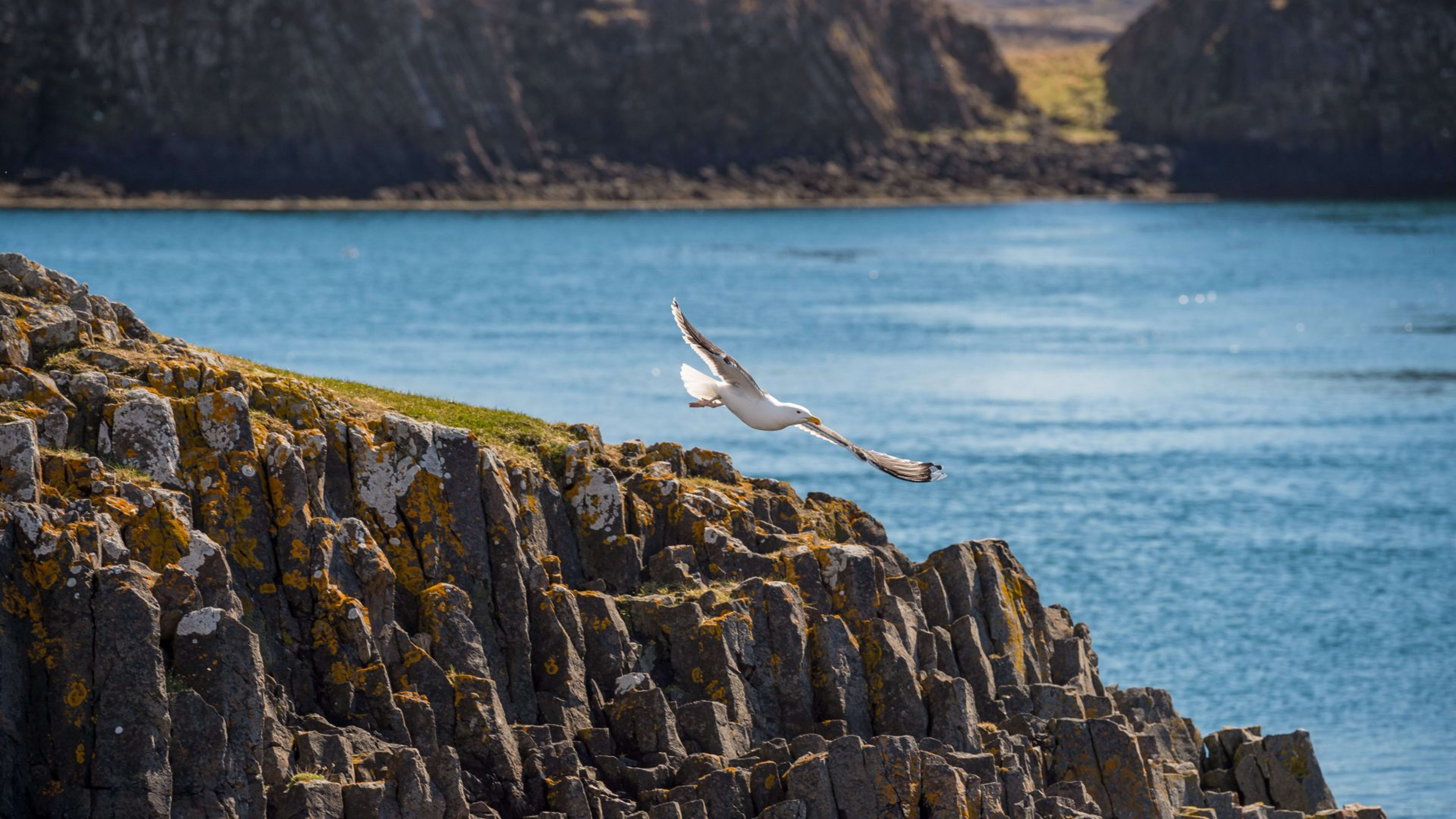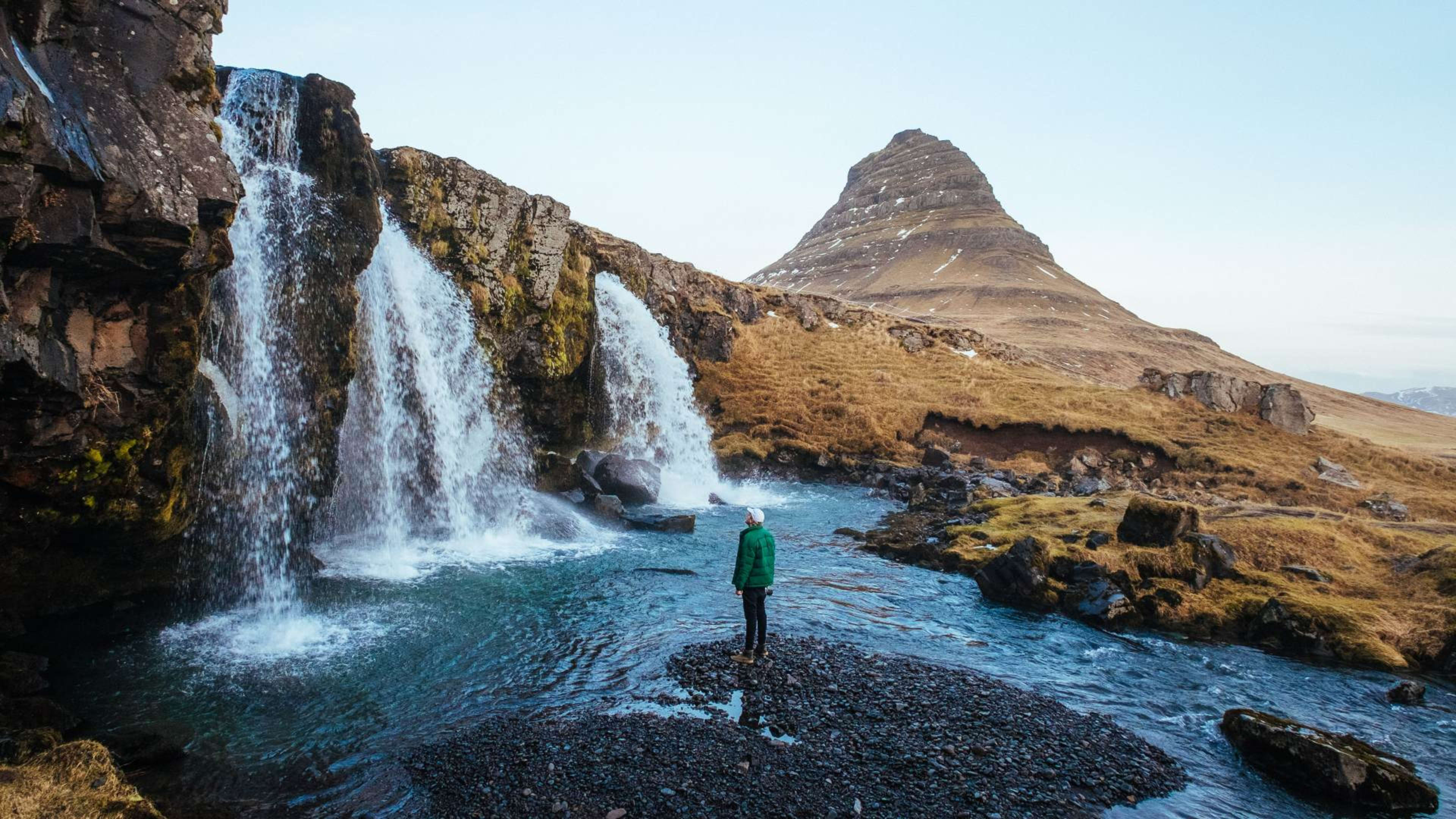Your guide to Flatey island
The car-free island of Flatey punctuates the wide, open bay of Breiðafjörður in the northwestern part of Iceland. This stretch of water divides Iceland’s Westfjords from the Snæfellsnes peninsula, and Flatey makes a welcome stop on the boat trip over.
To visit Flatey is to be transported back in time. It’s home to a well preserved collection of 19th century timber buildings, and the lack of motor traffic on the island adds to the old-timey feel.
The name Flatey literally means ‘Flat Island’ in Icelandic, which as descriptions go is pretty accurate. Thanks to this, and the fact that the island is just 2 kilometers long and 1 kilometer wide, it’s easy to get around on foot.
About Flatey
Flatey’s only road runs from the small ferry dock through to the old village. It’s here that you’ll find a cluster of traditional Icelandic buildings, including a church built in 1926.
The church’s interior was decorated by Spanish painter Baltasar Samper with murals showing scenes of island life.
This remote island can trace its history even further back though. It was the site of a monastery, founded in 1172, that stood at the island’s highest point. For centuries afterwards, the island was a center of Icelandic culture and literature.
Flatey is also one of the best places to experience Icelandic nature. Dozens of bird species, including Arctic terns and eider ducks, nest here and on other small islands nearby. You have a good chance of seeing puffins here too!
How to get to Flatey
The only way for you to get to Flatey is by the ferry Baldur from the town of Stykkishólmur on the Snæfellsnes peninsula. Sailings technically depart all year round, but in winter they are often canceled. With that mind, summer is the best time to visit.
The island is home to just 5 permanent inhabitants, so there isn’t much demand in the off season. Also, there are no restaurants or cafés open on the island from 1 September to 31 May.





